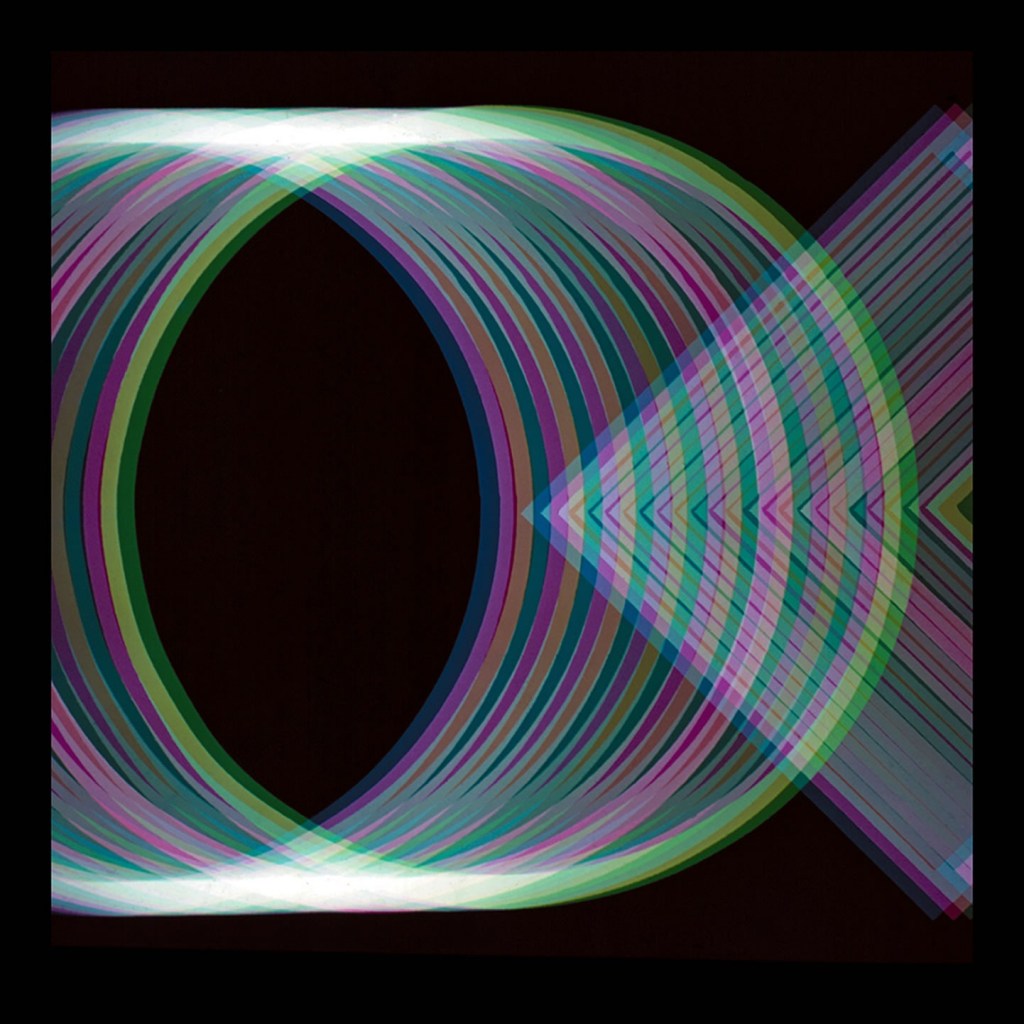Bruce Porter was an American artist whose talent extended beyond the canvas, manifesting in various forms, including painting, sculpture, stained-glass design, writing, mural painting, landscape design, and art criticism. His work impacted the art and design community, especially in the San Francisco Bay Area. In this blog post, we will explore the many facets of Porter’s creative genius.
Biography
Bruce Porter was born in San Francisco in 1865 and raised in Martinez, California, where his father was a local newspaper editor. He pursued education in San Francisco, Paris, London, and Venice, thereby amassing diverse cultural and artistic influences. He married Margaret Mary “Peggy” James, the niece of renowned author Henry James, in 1917. Together, they made San Francisco their home, where Porter would contribute significantly to the city’s cultural landscape.
As an Artist
Tonalist Paintings

Bruce Porter’s tonalist paintings, such as “Man and Nature” (1903) and “Presidio Cliffs”, showcased his mastery over the tonalist style—a genre of painting where the emphasis is on atmosphere and mood. These rare pieces display Porter’s intimate relationship with his natural surroundings and were widely appreciated in their time.
Murals
Porter extended his artistic expression to the world of murals. Notable among these are the ones found at the Pacific Union Club on Nob Hill and the First Unitarian Church of San Francisco. Through his murals, Porter managed to infuse public spaces with aesthetic quality, elevating the experience of the onlooker.
As a Designer
Stained-Glass Creations

Porter’s expertise in stained-glass design has graced several churches and mansions, including St. Mary’s Episcopal Church in Pacific Grove, California, and San Francisco’s Swedenborgian Church and Le Petit Trianon mansion. These works stand as testaments to his versatility and depth of skill in decorative art.
Landscape Design

His contributions to landscape design, particularly at the Filoli estate and the Memorial Stadium at the University of California at Berkeley, showcase his talent for blending aesthetics with natural settings. Each garden or landscape designed by Porter was a symbiotic relationship between artistry and natural beauty.
As an Author and Critic
Bruce Porter also had a keen analytical mind. He wrote art criticism columns for local newspapers, giving voice to his nuanced understanding of the art world. His editorial venture, The Lark, was a two-year-long literary magazine he published alongside Gelett Burgess and William Doxey. Additionally, he contributed to “Arts in California” (1916), which compiled artworks exhibited at the Panama–Pacific International Exposition.
A Renaissance Man of His Time
Bruce Porter was not just an artist or a designer but a true Renaissance man whose impact transcended individual disciplines. Porter’s legacy enriches our understanding of art and design’s limitless potential, from his rare but magnificent tonalist paintings to his intricate stained-glass designs, his sprawling landscapes, and his critical writings.
His multifaceted career offers invaluable insights into the interconnectedness of various artistic fields, making him a figure worth studying and celebrating for anyone interested in the broader landscape of art and design.
More on Art and Design
Discover more from Encyclopedia of Design
Subscribe to get the latest posts sent to your email.








